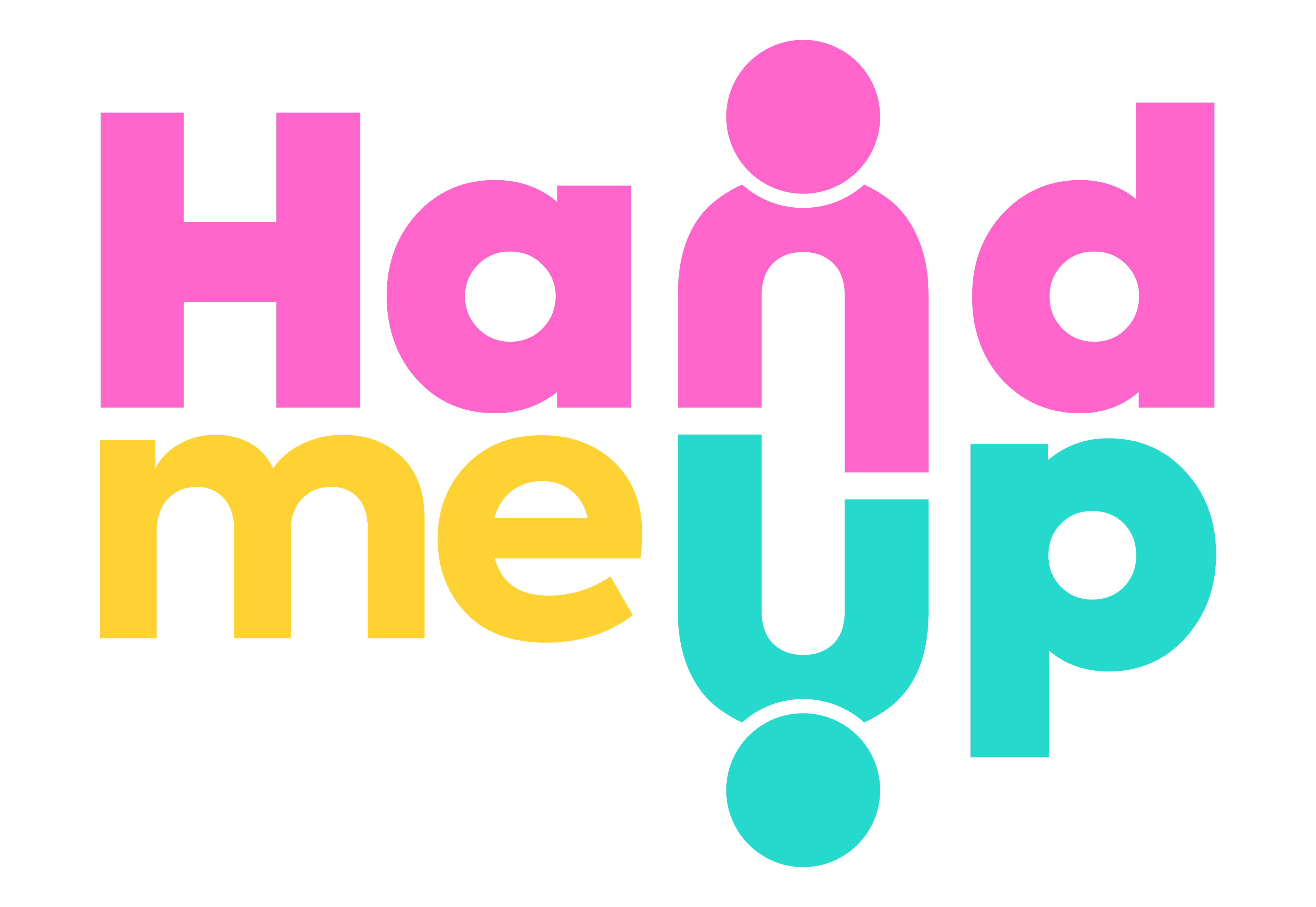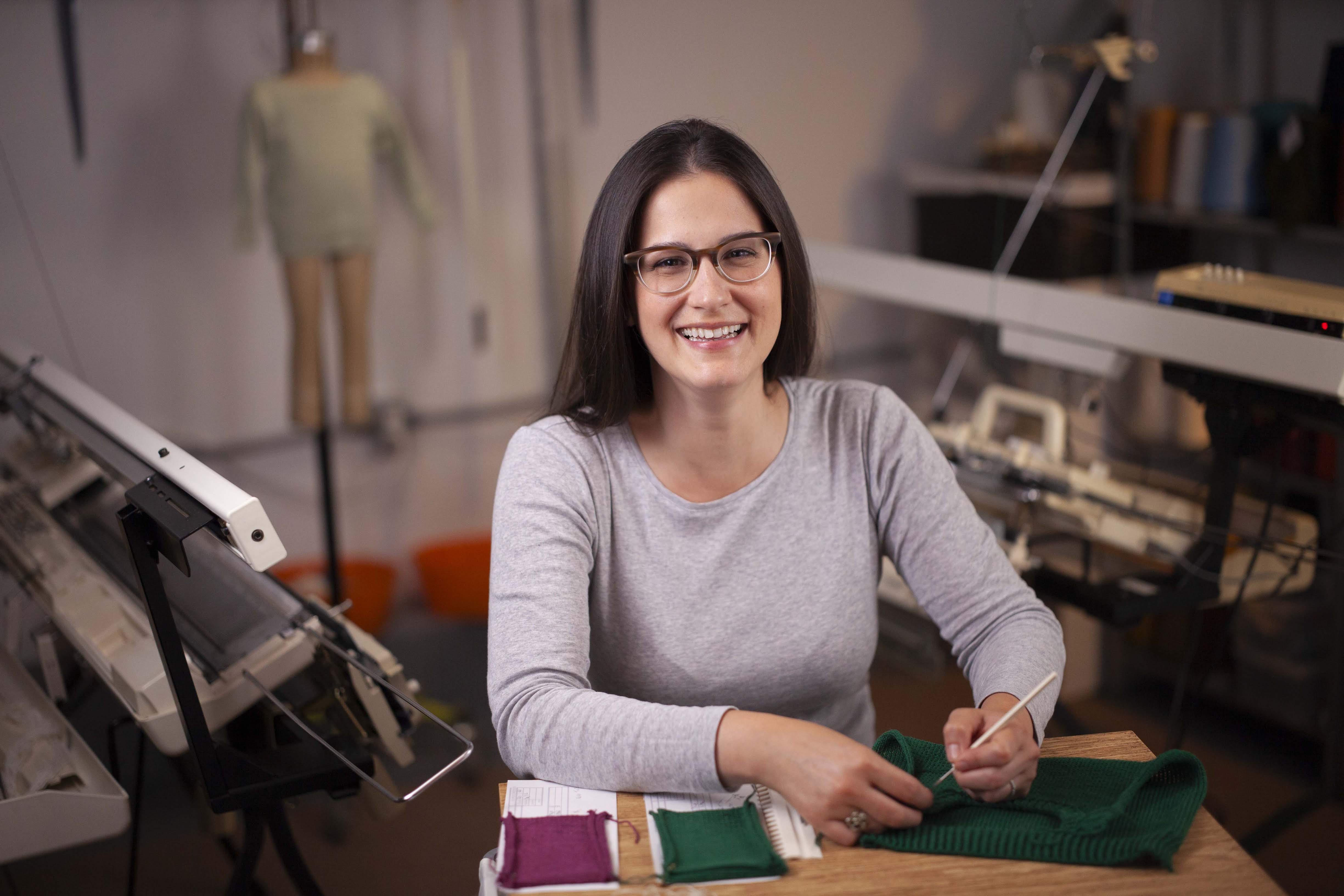
Eddys + Hand Me Up | Seasonal Fibers + Fabrics
June 14, 2024
This past winter, I spent a lot of time selling at holiday markets in NYC. I was lucky to land spots at some great indoor markets in downtown Manhattan and Brooklyn. During the week, there was a lot of downtime, and I spent it doing one of my favorite things: people watching. I’m always inspired by people’s street style.
However, this year, something caught my eye. I often saw people wearing what looked like summer pants—not shorts, but linen or nylon pants, very lightweight fabrics flowing in the cold winter breeze. Sure, it wasn’t that cold in NYC this past year, but near the water, it gets "brick" (Queens slang for really, really cold).
It dawned on me that my background in fashion design and textiles shapes my expectations of which fabrics should be worn. So, I thought it would be fun to share some tips that might help us dress ourselves and our kiddos more comfortably throughout the seasons.
Winter Warriors
Wool | Nature’s Insulator
Pros: Warm, moisture-wicking, biodegradable.
Cons: Can be itchy, pricey, environmental impact from sheep grazing.
Use: Wool base layers and outerwear are fantastic for keeping warm. Look for fine knits to avoid itchiness. Brands like Woolino offer great eco-friendly options.
Wool is your best friend in winter, especially as a base layer. It’s a natural insulator, keeping body heat close to your skin, and it wicks away moisture to keep you dry. Gone are the days of itchy, scratchy wool—look for fine, lightweight knit tops, bottoms, and socks. Wool hats and gloves are also great for dry days. While some brands blend wool with other fibers for added comfort, this makes the product less recyclable and not as warm. Opt for 100% wool when possible and consider second-hand or recycled wool to minimize environmental impact.
Polyester | Synthetic Savior
Pros: Affordable, moisture-wicking, durable, versatile.
Cons: Made from fossil fuels, microplastic pollution.
Use: Polyester is perfect for fleece mid-layers and puffer jackets. Brands like Patagonia offer second-hand options to reduce environmental impact.
Polyester is another good option for winter, especially for those with wool allergies or on a budget. It wicks moisture like wool and can be used in various applications. Polyester can be crafted into a wide variety of garments and fabrics. You’ll find everything from base layers, fleece jackets, and puffer coats to waterproof pants, hats, and gloves. Polyester fleece is particularly popular for mid-layers, offering insulation and comfort without the bulk. For outer layers, polyester can be made into durable, weather-resistant shells for jackets and pants. Polyester is made from fossil fuels, and it sheds microplastics when washed, contributing negatively to the environment. To be more sustainable, look for 100% polyester items that can be recycled and consider buying second-hand.
A little side-bar on Recycled Polyester. Most Recycled Polyester is made from plastic bottles, not from polyester clothing. We’re just starting to figure out how to recycle polyester fabrics into fabrics again. The challenge here is that Plastic Bottle recycling has evolved into a closed loop system. We can now recycle plastic bottles into new plastic bottles many times over, limiting the need to extract fossil fuels to create new plastic bottles. Recycled Polyester interrupts this cycle. It takes bottles from the closed loop system and puts it back into a linear system. We use the bottles to create the fiber, recycling the bottle, but ultimately the fiber cannot yet be recycled again into a new garment. So again, your most sustainable option is to buy second hand.
Ideal Winter Ensemble
|
Fibers |
Pros |
Cons |
|
Wool |
Biodegradable Wicks away moisture Warm Renewable |
Can be itchy, scratchy Pricey Not waterproof Land Use for sheep |
|
Polyester |
Affordable Wicks away moisture Unlimited applications Durable |
Man-made, fossil fuels Man-made, fossil fuels Not as warm without blends Micro-plastic pollution |
Winter Ensemble
Tops
Wool base layer for warmth and moisture control. Woolino is a great brand committed to quality products and protecting the environment.
Cotton or Polyester shirt or sweatshirt to match your style. Long sleeves, loose fitting, for easy on/off.
Polyester fleece mid-layer for insulation. Patagonia is the one to invest in, they even have their own second hand shop.
Bottoms
Wool base layer for warmth and moisture control. Woolino is a great brand committed to quality products and protecting the environment.
Cotton or Polyester pant or skirt to match your style. Make sure fabric is dense enough for winter, hold it up to the light, it should not come through.
Outer Shell
Wool outer coat with hood for warmth and wind resistance. Boden and Hanna Andersson are great brands that make coats.
Wool beanie + mittens.
OR
Polyester shell and filled coat with hood for warmth and water resistance. Patagonia also makes great outerwear.
Polyester shell and filled trapper hat.
Polyester shell and fleece lined mittens.
Summer Saviors
Linen | Breezy + Cool
Pros: Breathable, strong, biodegradable, low water usage.
Cons: Wrinkles easily, requires energy and water to process.
Use: Linen shirts and dresses are perfect for hot weather. Embrace the wrinkles—they add character! Brands like Buho offer responsibly grown linen.
Linen is a timeless fiber perfect for hot weather, especially in high humidity. Lightweight and breathable, linen doesn’t absorb moisture like cotton and is much stronger, making it more durable. Linen can be crafted into a wide range of garments, including airy shirts, flowy blouses, skirts, dresses, tailored jackets, and even beach coverups. Linen can also be knit into fabrics for tees and lightweight sweaters.
While linen does wrinkle easily, some brands blend it with other fibers to reduce this. However, blending complicates recycling, so it's best to invest in 100% linen pieces. Embrace the wrinkles as part of its charm!
Cotton | Classic Comfort
Pros: Soft, breathable, versatile, biodegradable.
Cons: High water consumption, pesticide use in conventional farming.
Use: Cotton is great for t-shirts, shorts, and skirts. It's best in dry climates or as a mid-layer on cooler days. Brands like Boden and Hanna Andersson offer sustainable options.
Cotton is ideal for dry climates and cooler summer days. It’s a versatile fiber, available in a wide range of weights, weaves, and knits, suitable for almost any type of garment. Think lightweight tees, shorts, skirts, and breathable summer dresses. Cotton can also be used for mid-layer sweaters and sweatshirts for those cooler summer nights.
Cotton absorbs moisture, so it’s not the best choice for high humidity or rainy days. Derived from a plant, cotton is naturally biodegradable if not dyed or treated with toxic chemicals.
|
Fibers |
Pros |
Cons |
|
Linen |
Biodegradable Breathable Renewable Low water for crop |
Pricey Wrinkles easily Energy & Water for processing |
|
Cotton |
Biodegradable Limitless applications Renewable |
Absorbs moisture Water consumption Pesticide use |
Summer Look
Linen shirt or tee-shirt for breathability. Buho is a great brand growing linen responsibly and manufacturing near farms to keep a low carbon footprint.
Cotton shorts or skirt for comfort. Back to Boden and Hanna as great brands for these garments.
Sun hat and sunglasses for added protection. Patagonia and Green Sprouts have the best summer hats for kids!
Conscious Choices for Seasonal Comfort
Over the last six years, I’ve learned that with the current clothing manufacturing model, the most sustainable option is to choose second-hand. I started shifting my buying habits in 2018, focusing on purchasing items made in the USA, thinking this would reduce my carbon footprint and ensure fair labor practices. Unfortunately, this isn't always true. Even if items are made here, materials can come from anywhere in the world, and not all workers are protected by fair labor laws.
Buying second-hand eliminates any new negative contributions to the current manufacturing model. The few brands I mentioned above have excellent policies to protect their workers and lessen their environmental impact. However, as I discuss in the overview of fibers, each material has its pros and cons. We must consider these factors and make the best decision for us at the time of purchase. Sometimes, we’ll need to buy new items due to timing or budget constraints. But if we’re conscious about our purchases most of the time, these few instances won’t have a significant impact.
About the Author
A little about me and eddys. I work with cotton, yes, almost exclusively, even though I know it’s not the best fiber for either winter or summer. It does make a good mid-layer, which is what I make. It has also been produced in abundance over the last 40 years, making it readily available to me as a second-hand resource. If I were making garments with new materials, I’d focus on the ones I talked about for each season…but that’s not eddys jam right now.
I’m Carla, I'm a passionate student of sustainability and am creating a brand that is part of the solution to the current fashion industry. I've loved clothes and playing dress-up since forever. I was fortunate to attend the Fashion Institute of Technology in NYC and have a career in the fashion industry which took me all over the US and around the world. It also showed me the real fashion industry and opened my eyes to colossal sustainability and ethical challenges which I didn't want to be a part of.
eddys was founded with the idea of making necessary things without making unnecessary waste. In searching for the ideal fiber to make our garments, we realized that the ideal fibers are the ones that already exist, the ones that have already been grown, dyed, knit up, and most importantly, already loved.
Our outfits are made with yarn from second-hand sweaters rescued from landfill. They are unraveled, washed, and re-knit into our adorable durable items.
Recent Articles
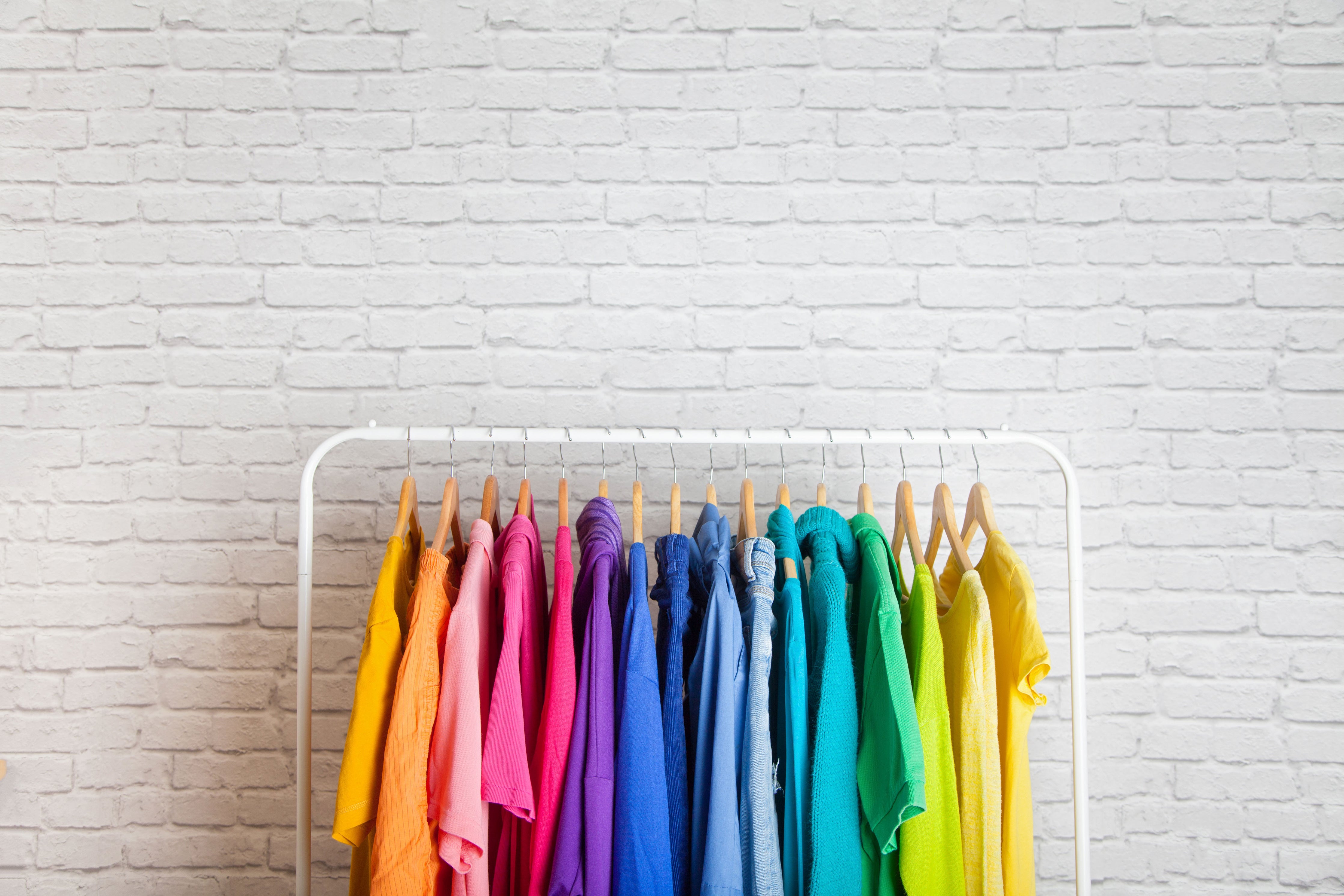
What in the World is Ethical Fashion?
December 29, 2021
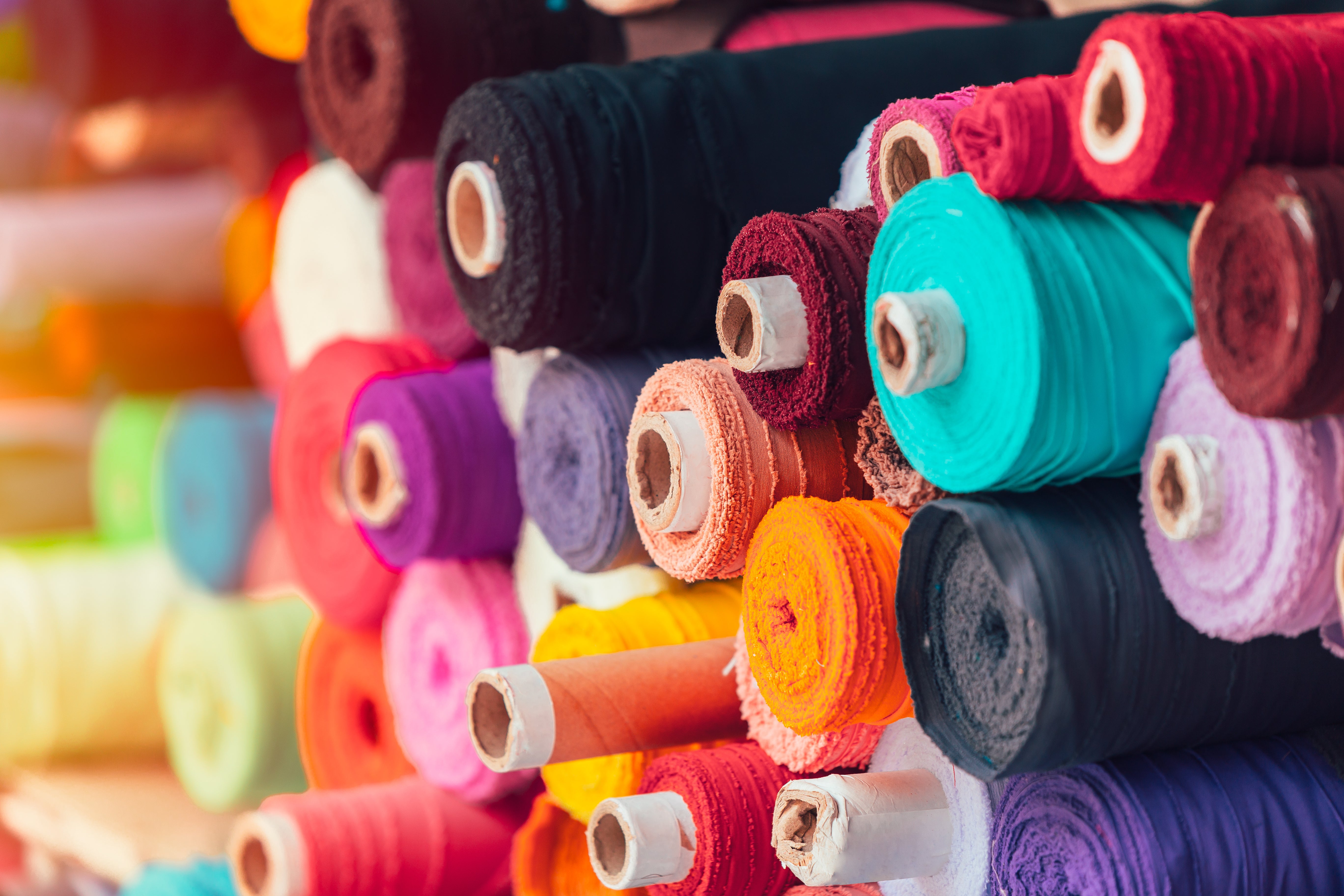
Ethical Fashion Terms
January 10, 2022
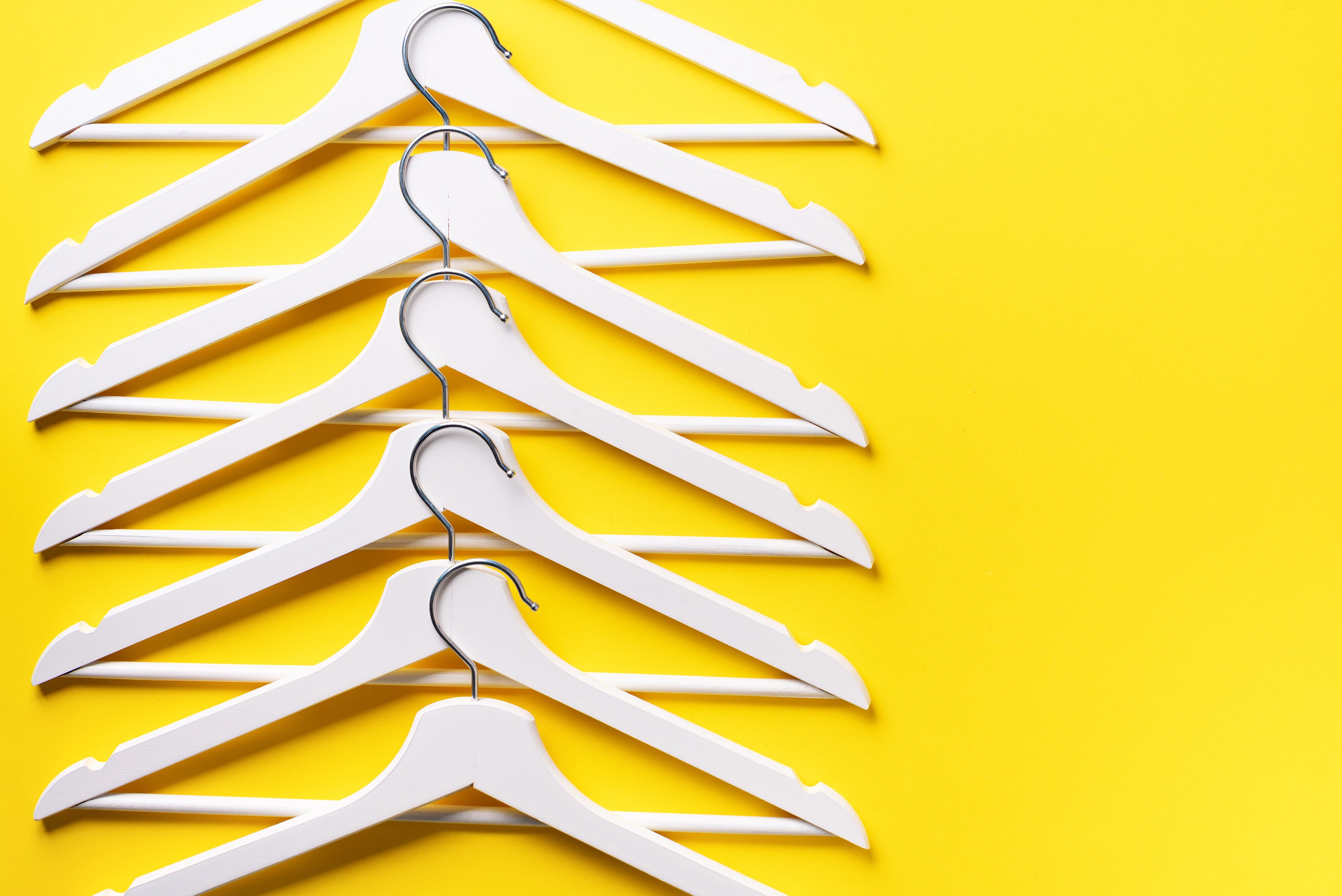
5 Step Closet Clean Out
February 03, 2022

5 Ways to Shop for Your Right-Now Body
February 11, 2022
